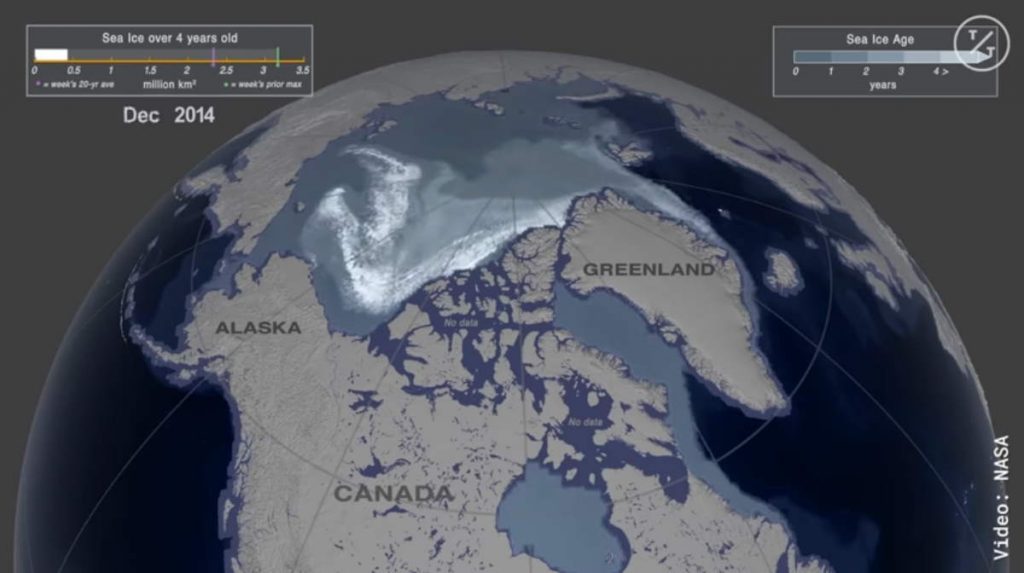Around 55.5 million years ago, there was a time period with more than 5°C – 8 °C warmer global average temperature than today, which named “Paleocene-Eocene Thermal Maximum” (PETM). As a result, there were crocodiles and even crocodiles in the Arctic and the region was completely ice-free. Now, a new study suggests that if we keep burning fossil fuels at the current rate, the Earth will be again 8 degrees warmer within the next few hundred years. We are pumping 10 times more carbon into the atmosphere than when there were palm trees in the Arctic. We’re going to face another PETM-like event soon.
Researchers say “The Paleocene‐Eocene thermal maximum (PETM) is a global greenhouse warming event that happened 56 million years ago, causing extinction in the world’s oceans and accelerated evolution on the continents. It was caused by the release of carbon dioxide and other greenhouse gases into the atmosphere. When we compare the rate of release of greenhouse gases today to the rate of accumulation during the PETM we must compare the rates on a common time scale.
Projection of modern rates to a PETM time scale is tightly constrained and shows that we are now emitting carbon some 9‐10 times faster than during the PETM. If the present trend of increasing carbon emissions continues, we may see PETM‐magnitude extinction and accelerated evolution in as few as 140 to 259 years (about 5 to 10 human generations).”

55.5 million years ago, the entire warm period lasted for about 200,000 years. The massive carbon injection into the atmosphere has been estimated to have lasted no longer than 20,000 years, though. But, still, current carbon emission rates are way higher than the PETM. During that period, the amount of released carbon was a modest 0.2 gigatonnes per year (at peaks 0.58 gigatonnes). Humans, on the other hand, today add about 10 gigatonnes per year. So, the speed of global warming is way faster today.
The PETM altered the earth’s carbon cycle, climate, ocean chemistry, and marine and continental ecosystems. It caused mass extinctions in the Earth’s oceans It also accelerated evolution on land – this acceleration may have promoted dwarfing – which may have encouraged speciation. Many major mammalian orders – including the Artiodactyla, horses, and primates – appeared and spread around the globe 13,000 to 22,000 years after the initiation of the PETM.
Humid conditions caused the migration of modern Asian mammals northward, dependent on the climatic belts. The timing and tempo of migration still remain uncertain.
But one thing is certain: today, we’re warming the Earth way faster, and these kinds of fast changes could mean the extinction of much of the natural world and even the collapse of civilization.
Sources
- “Carbon Emissions Are Now 10x Higher Than When The Arctic Had Crocodiles And Palm Trees” on Science Alert
- Study: Temporal Scaling of Carbon Emission and Accumulation Rates: Modern Anthropogenic Emissions Compared to Estimates of PETM‐Onset Accumulation. Abstract | Pdf
- Paleocene-Eocene Thermal Maximum on Wikipedia
- Space Shuttle Endeavour’s Touchdown Meets Columbia’s Salute [An amazing photo from the past] - February 29, 2024
- Moon Landings: All-Time List [1966-2024] - February 23, 2024
- From Orbit to Ordinary: 10 Earthly Applications of Space Technology - January 23, 2024

